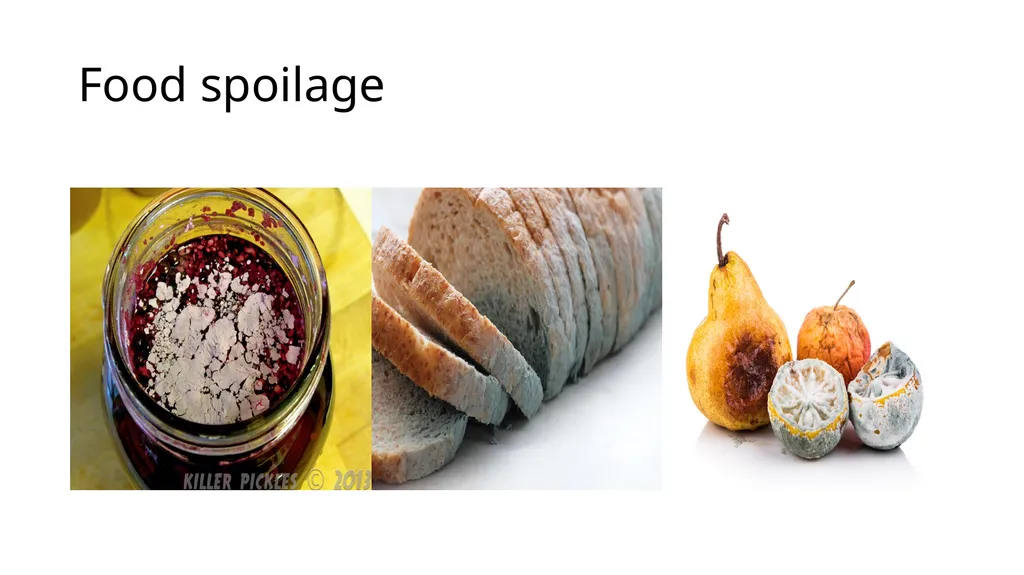Food spoilage Spoilage is the process in which
Author : test | Published Date : 2025-05-23
Description: Food spoilage Spoilage is the process in which food deteriorates to the point in which it is not edible to humans or its quality of edibility becomes reduced It involves any change which renders food unacceptable for human consumption
Presentation Embed Code
Download Presentation
Download
Presentation The PPT/PDF document
"Food spoilage Spoilage is the process in which" is the property of its rightful owner.
Permission is granted to download and print the materials on this website for personal, non-commercial use only,
and to display it on your personal computer provided you do not modify the materials and that you retain all
copyright notices contained in the materials. By downloading content from our website, you accept the terms of
this agreement.
Transcript:Food spoilage Spoilage is the process in which:
Food spoilage Spoilage is the process in which food deteriorates to the point in which it is not edible to humans or its quality of edibility becomes reduced. It involves any change which renders food unacceptable for human consumption. Spoilage of food can occur through: Insect damage Physical injury due to freezing or moisture loss Activity of indigenous enzymes in plant and animal tissues Chemical changes involving oxygen (oxidation) and light e.g. oxidative rancidity of fats and oils, the discoloration of cured meats, Growth and activity of microorganisms: bacteria, yeasts and moulds. Temperature fluctuation Food spoilage Basic Types of Food Spoilage Appearance: Spoilage of foods due to microbial growth may include mycelia or colonies visible on surface and development of cloudiness in liquids Changes in food color due to heme or chlorophyll breakdown Slime formation due primarily to surface accumulation of microbial cells Tissue softening due to enzymatic degradation Changes in taste and odor due to development of nitrogenous compounds (ammonia, amines, etc.), sulfides, organic acids Protein food They go putrified when they are contaminated. This is the situation where protein foods rot, and produce very bad smell. Fats and oils They go rancid. This is the condition where food containing fats and oils begin to smell and taste bad when they are old. Carbohydrates Cooked cereals become marshy and slimy when affected by micro-organisms. Flour products smell and taste unpleasant when they are spoilt. They are described as being stale. Fruits and vegetables rot, ferment and decay. Physical injury 1. Moisture loss Moisture loss mostly occurs in fruit and vegetables which contain large amounts of water. Fruits and vegetables continue to respire after harvesting and therefore lose water through their leaves and skin. The water retains the structures of the cells of the plants and makes them look fresh. Moisture loss causes the vegetable or fruit to shrink in size, becomes limp and its skin becomes wrinkled and leathery. Moisture loss occurs in other foods like meat, fish, cheese, due to evaporation of water from the surface. Activity of indigenous enzymes Enzymes are present in all food. They speed up chemical changes that result in loss of flavour, colour and texture. Some enzymes remain inactive until the food is harvested or slaughtered. Once activated, such enzymes speed up the process of decay by breaking down the tissues and components of the food in the various ways such as oxidation,














